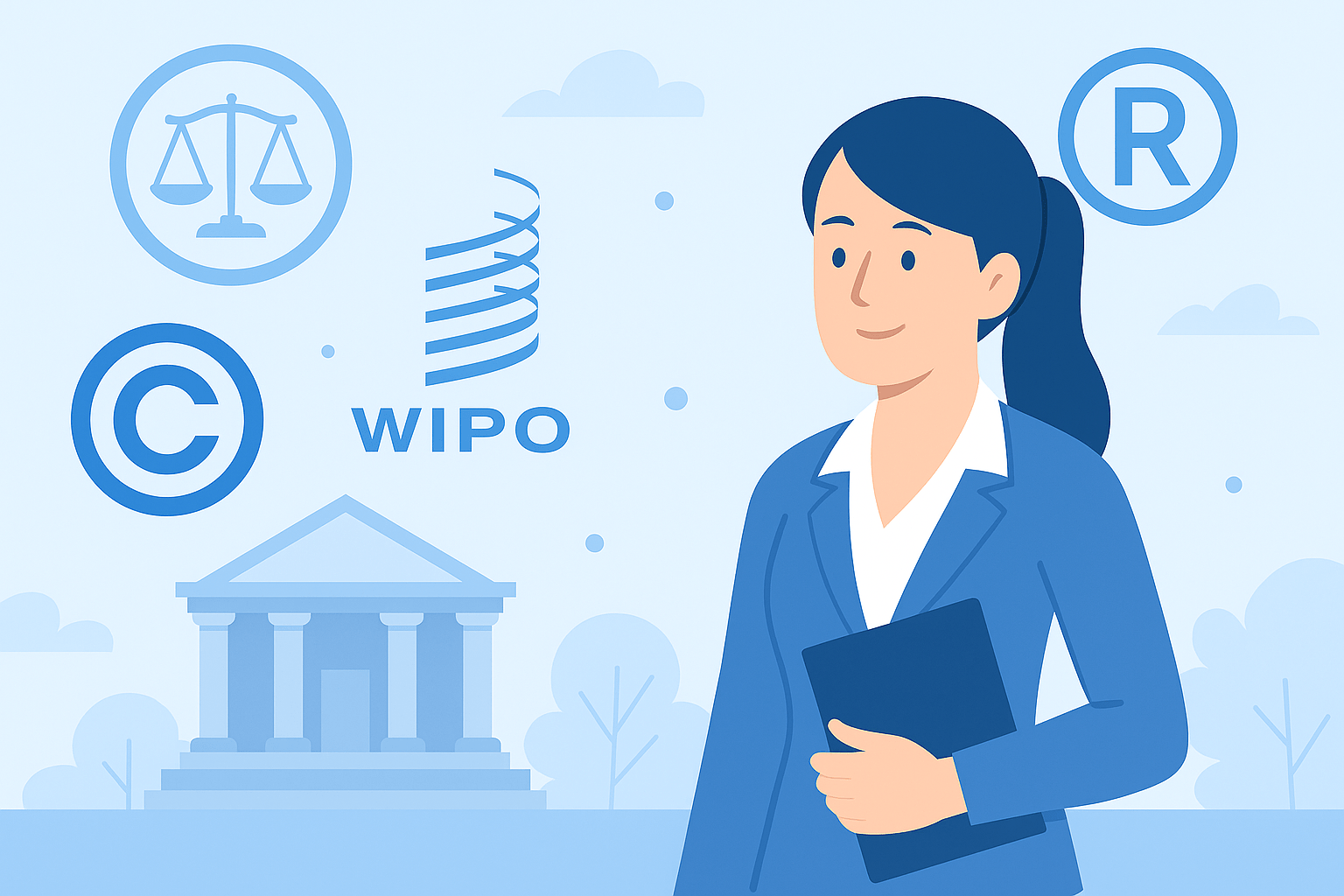International IP Protection – The Current Framework
Before exploring how blockchain fits in, let’s understand the current system of global IP protection:
🌍 WIPO (World Intellectual Property Organization)
WIPO coordinates international treaties and systems for intellectual property protection.
Madrid System: allows a single international application to protect trademarks in multiple countries, simplifying brand protection across markets.
PCT (Patent Cooperation Treaty): provides one unified filing date for patents worldwide, before entering the national or regional phases.
👉 With CZone you can notarize logos, drafts, inventions, and documents to prove creation and authorship even before filing through WIPO systems, adding an immutable layer of evidence.
📜 Berne Convention (1886)
The Berne Convention ensures that copyright protection is automatic and recognized among all member countries, without the need for additional registrations.
It covers works such as books, music, art, software, and academic content.
It establishes moral rights, like the right of attribution and integrity.
It guarantees minimum standards of protection (life + 50 years, with many countries extending this to life + 70).
👉 CZone strengthens this framework by providing an immutable, timestamped certificate of authorship that is particularly useful as evidence in international disputes.
⚖️ TRIPS Agreement (1994)
The TRIPS Agreement (Agreement on Trade-Related Aspects of Intellectual Property Rights) sets minimum global standards for patents, copyrights, and trademarks, binding for all WTO (World Trade Organization) members.
It defines patent protection for 20 years, copyright for life + 50 years, and includes standards for trademarks and industrial designs.
It obliges countries to provide effective enforcement, such as injunctions, damages, and border measures.
👉 CZone complements TRIPS by offering verifiable timestamps, hashes, and ownership records, making enforcement actions stronger and easier to defend.
🏛️ Regional / National laws:
In addition to global treaties, regional and national laws shape intellectual property enforcement:
European Union: copyright directives and the eIDAS regulation, which gives legal recognition to electronic signatures and timestamps.
United States: copyright protection is automatic, but registration strengthens enforcement in court.
Asia-Pacific: countries such as China, Japan, Korea, and Singapore are actively exploring blockchain as official IP proof, with China already accepting blockchain evidence in its Internet Courts.
Africa: many countries are modernizing their IP systems. Regional organizations such as ARIPO (African Regional Intellectual Property Organization) and OAPI (Organisation Africaine de la Propriété Intellectuelle) play a key role in harmonizing protection across member states. In parallel, blockchain notarization with CZone provides a fast, affordable, and transparent way to protect works where traditional registration processes may still be slow or under development.
👉 This regional diversity shows why blockchain certification is powerful: it provides a globally verifiable baseline of authorship and ownership, even where national systems differ or are less developed.

